Why would you get your dog’s teeth cleaned? What are the benefits and costs of such a procedure?
Is there anything you are able to do from home to help your dog’s teeth? These are only a few of the questions I’m answering in this article in depth.
Dog dental cleaning is a topic brought up more and more today as the problems that come with improper dental hygiene come to light. Vets are learning more each year about how dental care is essential for a healthy pup.
I’d love to share the knowledge I have gathered with you, so your pup can be as healthy as could be for many years to come.
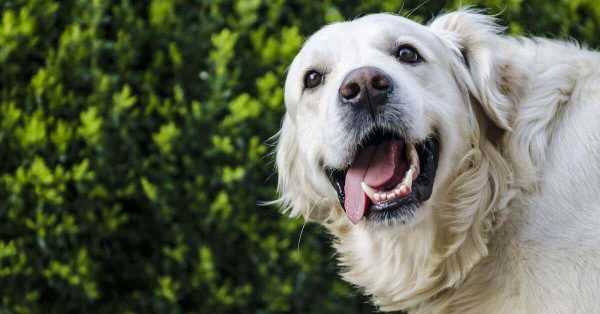
Why Dog’s Dental Cleaning Is So Important?
Just as our teeth need proper care, so do our fur babies. Their teeth can become overrun with tartar and disease without the proper care.
Without at least dental cleanings or even a dental checkup, your pup could be suffering under your nose.
Dog’s have a higher pain tolerance than we do, so we may see them as their usual goofy self.
However, they are aching with no way to tell us. Toothaches are no laughing matter, so taking care of their teeth could prevent that awful pain.
Popular reading: How long should I walk my dog each day?
When Should Your Dog Be Seen For Dental Care?
Each dog is different, so their dental care could vary. However, as a rule of thumb, most dogs should get their teeth cleaned at least once a year professionally.
With some smaller breeds, vet visits may be necessary to keep up with their dental hygiene.
Though it is recommended from a younger age, your dog can go without a professional dental cleaning until 6 or 7 for larger breeds, and by 2 for smaller breeds.
However, your dog may need some dental care before its cleaning. These are some of the problems to keep an eye out for.
Swollen And Red Gums
Swollen gums are often a sign of gingivitis. The swelling comes from a buildup of plaque and tartar eating away at the gums.
It can be quite painful, making the gums sensitive to pressure and easy to bleed. Immediate cleaning is needed, since letting it fester could cause more damage over time.
Tooth Abscess
An abscess is when a cracked or broken tooth becomes infected at the root.
The only way to take care of it is to extract the tooth to prevent the infection from spreading through the bloodstream.
The teeth most commonly affected by an abscess are the larger upper and lower canines and the upper fourth premolar.
An abscess is extremely painful which can cause your dog to favor one side to eat on, or even a reluctance to eat altogether. The gums are also affected, becoming swollen and red.
There will also be swelling of the gums that cause redness and sensitivity.
Lastly, an abscess that has become severely infected will spread through the bloodstream, causing infections in nearby tissues.
Tartar And Plaque
Tartar on teeth often comes in the form of yellowish-brown build-up along the gum line. It forms when plaque hardens over time, creating a rough surface bacteria festers on.
If left uncleaned, it can lead to gingivitis or infection. The bacteria will begin to push the gums from the roots and seep into the bloodstream.
With proper care and cleaning, it is rather easy to maintain.
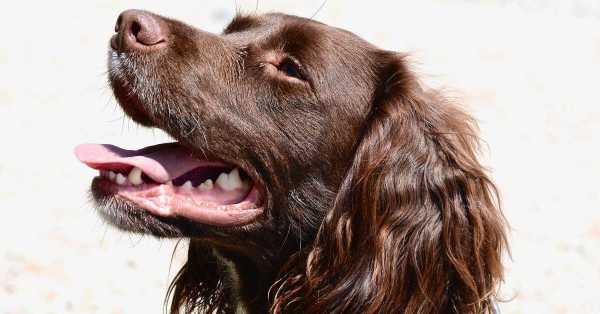
Others Problems
1. Retained Baby Teeth
Sometimes puppy teeth refuse to fall out, causing overcrowding of the surrounding teeth as well as abnormal alignment.
This occurs most frequently in the upper canines, however, it could happen anywhere in the mouth.
Also, the overcrowding can create trapped tartar, which stated above, can cause further complications when left untreated
2. Misaligned Teeth
Just as our teeth often do as we are growing, dog teeth grow in every which way they can. This often causes complications if left untreated.
Eating or even closing the mouth properly can become an issue with the teeth facing the wrong way.
However, this can easily be prevented early through the use of a tennis ball or even a wedge to keep the teeth apart and force them into the right direction.
Though the more drastic options could be braces or the removal of teeth in order to prevent crowding.
3. Fractured Teeth
A broken tooth is never a great sign or feeling. Depending on the break, the tooth could expose the flesh within to bacteria.
Your dog’s teeth could crack or even break from harder toys or sticks. It most often occurs with both the canines and large carnassial teeth.
To get it fixed, your vet may do a root canal or a full extraction if the infection has set in.
Peoples also read: What should I do if my dog is allergic to his food?

Home Care For Your Dog’s Teeth
Cleaning a dog’s teeth at home can be a rather simple process. There are many ways you could go about it too; from dental chews, brushing, water additives, sprays, or even chew toys.
Dental chews are often used as an after-meal treat that helps break down the plaque and residue leftover from their food.
Water additives are simply added to your dog’s water bowl for fresher breath and less plaque.
Chew toys such as rope or multi-surface flexible toys can also help break down plaque from your dog simply chewing on it.
Lastly, brushing is a great way to keep your dog’s teeth as healthy as can be. For more information on these methods, keep reading.
Long-term Dental Cleanliness
There are many ways to keep your dog’s teeth clean for their entire life. With the options listed above and yearly vet visits, your dog’s teeth will be sparkling white and healthy.
However, using multiple dental cleaning options, you could even turn your yearly cleanings into simple dental check-ups.
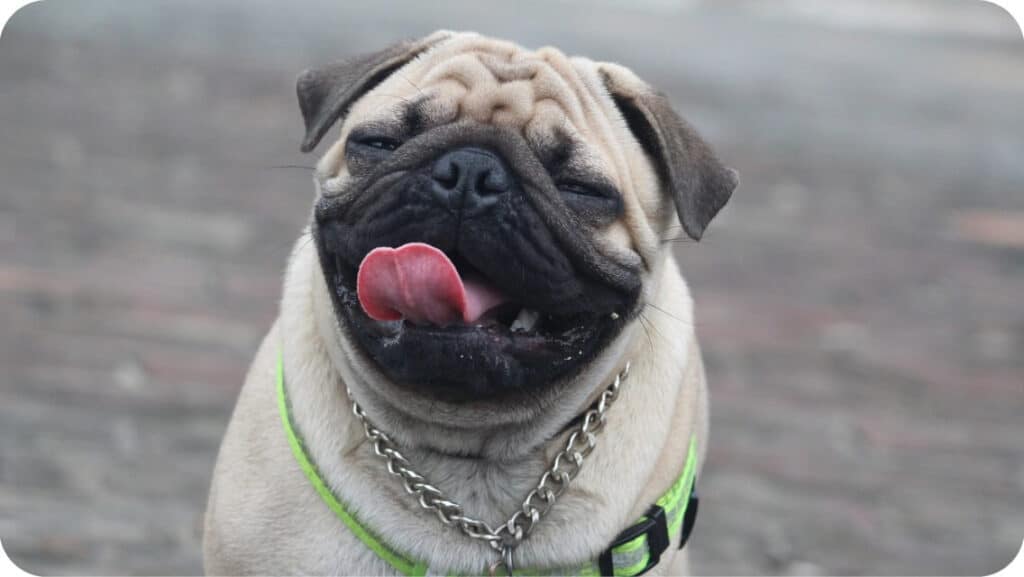
Benefits Of Dental Care
There are many benefits to regular cleaning that shouldn’t go unnoticed.
Not only will your dog have those pearly puppy whites, but they will also have the fresh breath puppies are known for.
Your dog more importantly less at risk of getting dental diseases and pains.
Lastly, proper dental care could save you money in the long run with fewer expensive vet visits.
Diseases From Lack Of Dental Care
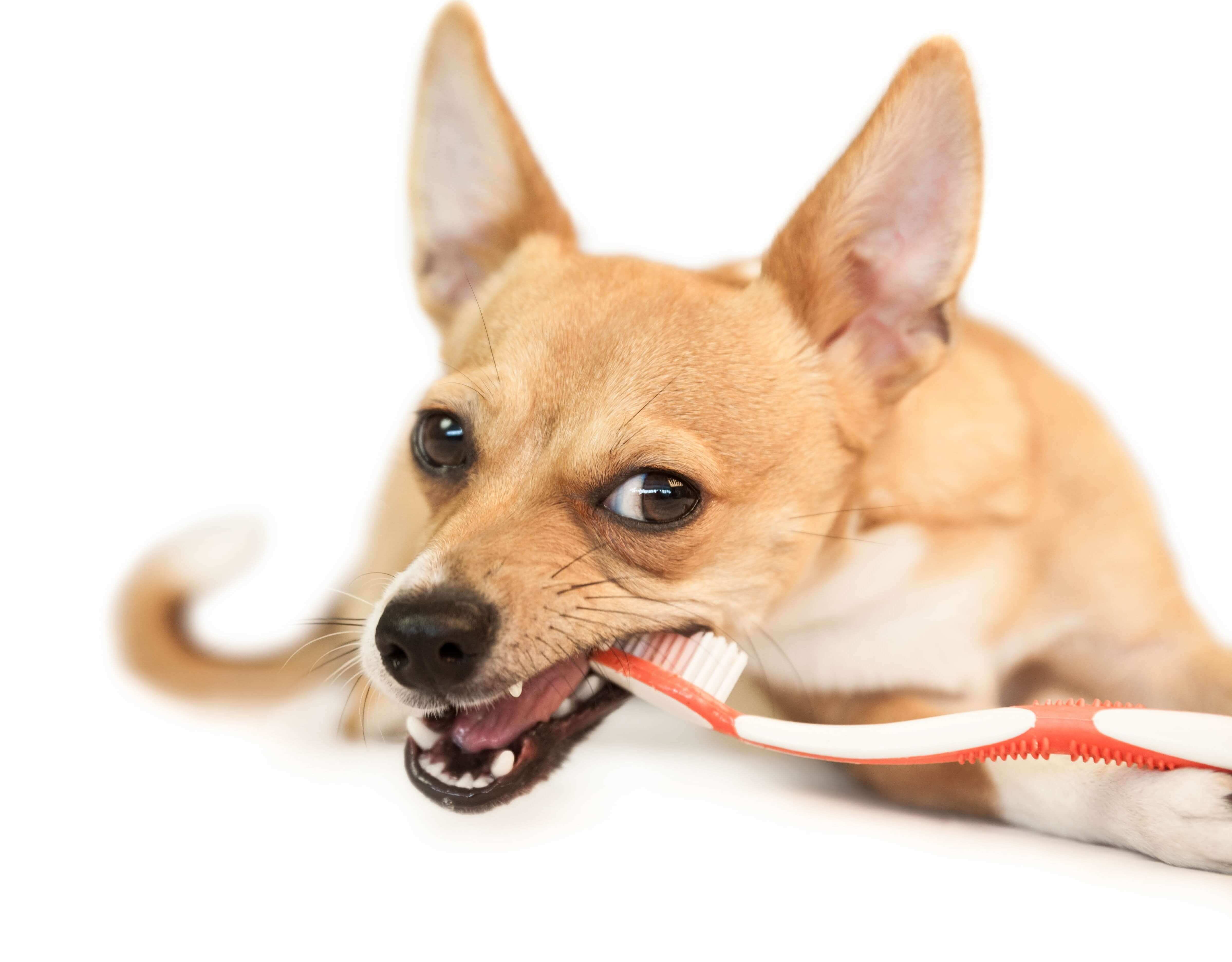
Gingivitis
Gingivitis isn’t quite a disease, however, it does come with its own set of problems. It begins by a buildup of plaque and tartar against the gums, which in turn causes them to swell and become red and irritated.
The longer it is left to sit, the worse it can become. This being said, it can be treated by just a simple cleaning.
Diabetes
It has been speculated that oral care directly relates to diabetes in dogs. When a heavy calculus form upon the teeth, the bacteria can make it harder to treat diabetes or even control it.
Heart Disease
Heart disease comes from a thickened valve tissue ridden with bacteria that originated from oral infections.
This is also known as endocarditis which can quickly become fatal if left to grow without treatment.
Periodontal Disease
Periodontal disease affects the gums and bones around the teeth that have become infected. When the tartar begins to destroy the gum tissue, the body begins to try and fight the infection.
Though the enzymes created could cause further damage that may lead to tooth extractions. As with other dental issues, if left to its own devices, it could enter the bloodstream and cause further damage through the body.
You may know: Puppy diapers for dogs in heat

When Should You Visit The Vet For Dental Care?
Besides visiting yearly for a dental cleaning, there may be other reasons to visit the vet for some dental work.
If your dog is experiencing any of the symptoms below, you should bring them in for a dental check-up as soon as possible.
1. Excessive Drooling
If your dog is not one to drool often, excessive drooling could be a sign of gum or even teeth problems. It may not seem as much of a big deal at first, though it is always best to get your dog to a vet soon.
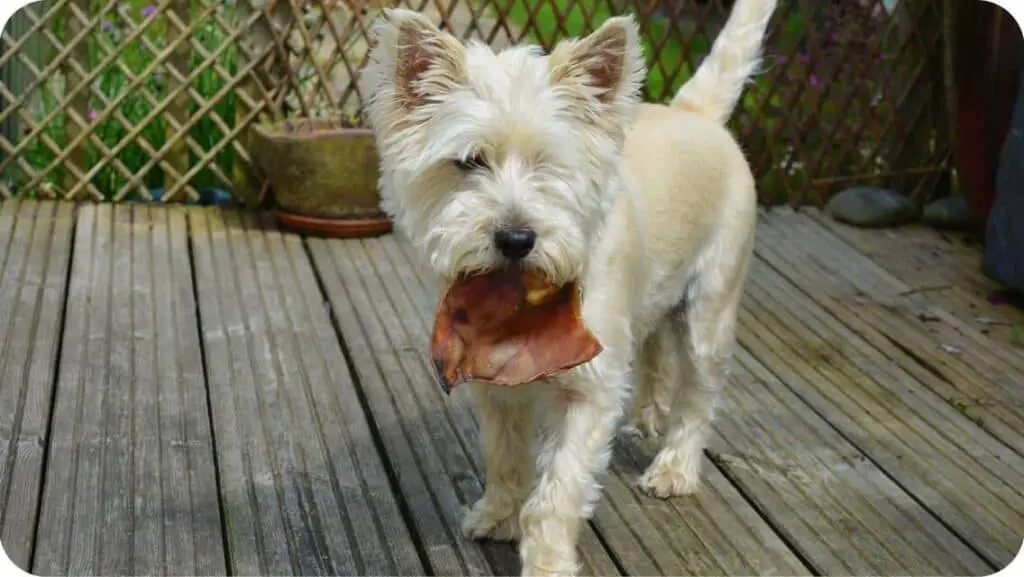
2. Eating Habit Changes
It is easy to tell if your dog’s eating habits have changed. They may start preferring one side of the mouth to another or even dropping their food mid-chew. This most often points to pain when eating normally.
3. Gum Issues
If your dog’s gums are pale, swollen, or receding, it is most likely a sign of bacteria growing upon the teeth and eating away at the gums. It is best to get your dog in for a dental cleaning to try and correct the issues.
4. Broken Teeth
Of course, a broken tooth should be seen right away. There is nothing good that comes from such a thing. And if left for too long, it can quickly become a painful infection.
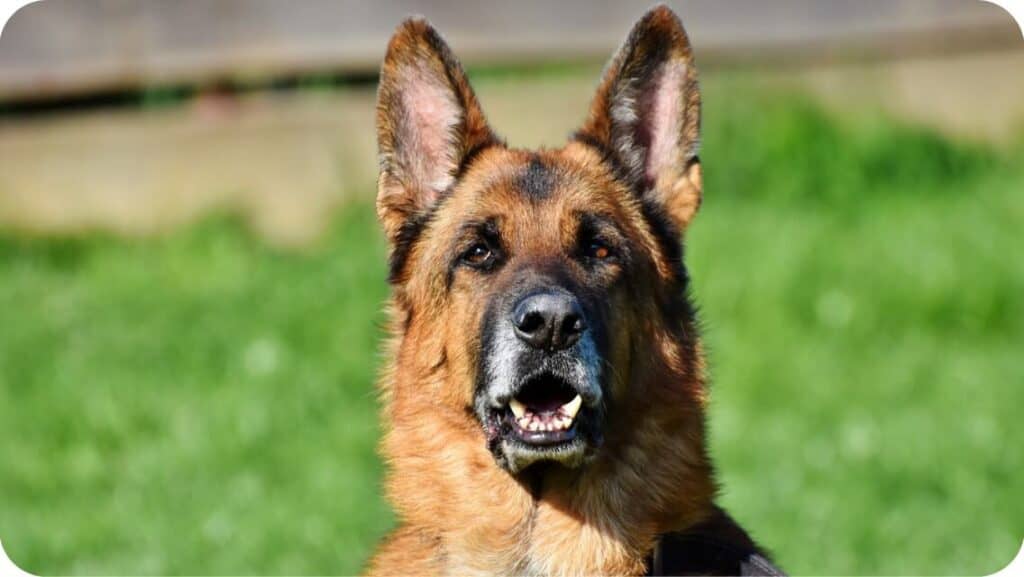
Aftercare For Professional Cleaning
Teeth cleaning can cause a sore mouth, and for dogs, it is no different.
Their mouth and gums are going to be aching for at least three days, more so if any extractions or repair was done to their teeth.
The night after the cleaning, it is best just to feed and water your pup half of the usual amount.
Though if you feed them kibble on a normal basis, you should feed them canned food for the next few days.
In some cases, cleaning may include medications to fight back an infection or to ease the pain which you will have to administer.
And lastly, the best thing to do after cleaning is to start at home care to prevent further painful cleanings.

Things To Avoid After A Professional Cleaning
There are a few things that should be avoided after a professional cleaning for at least a few days.
The first thing would be harder kibble. Your dog’s mouth will be sore and it will be rather painful to chew.
Another thing you should avoid with your dog is heavy activity. They will be tired from the anesthesia and too sore to want to run and play.
The best thing you could do for them as they are recovering is offered lots of love and cuddles.
Peoples also read: Can I give my dog human Dewormer?
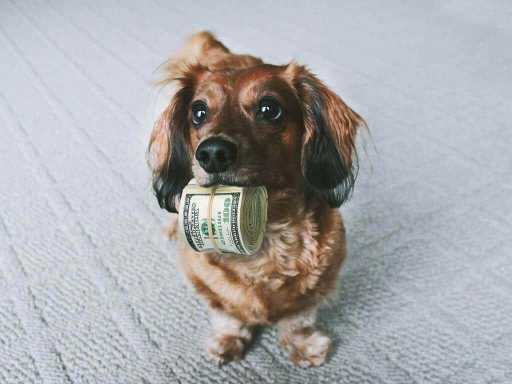
Cost Of Dog Dental Care
There are many factors that contribute to the cost of doggy dental care. Some are cheap, while others tack on more and more per procedure.
Not counting factors such as location and vet branch, here are some of the main costs you can run into
Cheap Dental Cleaning Costs
Pre-Dental Exam
Just as it is required to have an initial exam for anything else at the vet, dental exams are no different.
They help get an initial diagnosis to determine the care needed for your dog. They are typically only around $50 and are completed within an hour.
Dental Cleaning
Dental cleaning is the most basic dental care for your dog. The vet is just going in to remove the tartar buildup on your dog’s teeth.
They also polish them to prevent further tartar formations. This will cost you roughly around $100-300 depending on your dog.

Medium Dental Cleaning Costs
Anesthesia
Anesthesia is necessary with most deeper cleaning procedures, however, it does start raising the cost from cheap to a tad pricey.
Using anesthesia comes with lab work, administration, and even recovery in the kennel before you can pick them up.
It can add $100 or more to your bill depending on your dog and how much was needed for the procedure.
Fluids
Depending on how long the procedure takes, your dog may require fluids to keep them stable while under the effects of anesthesia.
This may not add too much to your bill, but it can raise the amount above the base cost of cleaning.
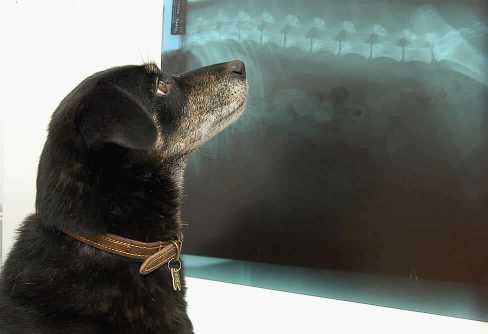
X-ray
X-rays are required to determine whether your dog has damage below the gums.
It is a cost that you will not be able to avoid if your dog is in need of deeper cleaning.
High Dental Cleaning Costs
Extractions
Extractions are the most expensive part of dental care for your dog. They often involve surgery and the extras from the last section in order to safely perform.
However, extraction is only needed if your dog’s tooth is dead, cracked, or severely infected.
At Home Dental Care Options
There are many products you can offer your dog for at-home dental care.
There are dental chews, water additives, dental sprays, dental gels, and a toothbrush with some toothpaste.
Each has its own unique way of helping keep your dog’s teeth clean.
Dental Chews
There are many types of dental chews on the market to offer your pup. They often come in longer treats lined with bumps and grooves to gnaw on.
When given after your dog’s meal, it helps break down the plaque that has already accumulated.
As a bonus, your dog simply thinks they received an after-dinner treat without the nasty taste that can come from other cleaning products.
Water Additives
Drinking water additive is meant to combat bad breath and act almost like a mouthwash for your dog.
It is not very noticeable as they just slurp down their water as usual.
However, the additive can be a bit rough on dogs with sensitive stomachs. So it is advised to only use it once a day or fewer after meals.

Dental Sprays or Gels
Dental and breath sprays as well as gels, are great to keep your dog’s mouth fresh and clean.
While they don’t keep your dog’s teeth as clean as other methods, they do help keep the plaque and bacteria at bay.
As a bonus, your dog once again has fresh puppy breath.
Toothbrush And Toothpaste
There are many different products you could use to brush their teeth; bristled toothbrushes, rubber plastic finger brushes, dental sponges, or even a soft washcloth.
When using your chosen method of brushing teeth, it is often best to use only a dog formulated toothpaste with it.
However, coconut oil or a paste of baking soda and water can do just as well.
Brushing your dog’s teeth is the most effective and thorough way of preventing any build-up. It should be done at least three times a week to be most effective.
You may learn: How can I treat my Dog’s constipation?
Dog Dental Cleaning: FAQs
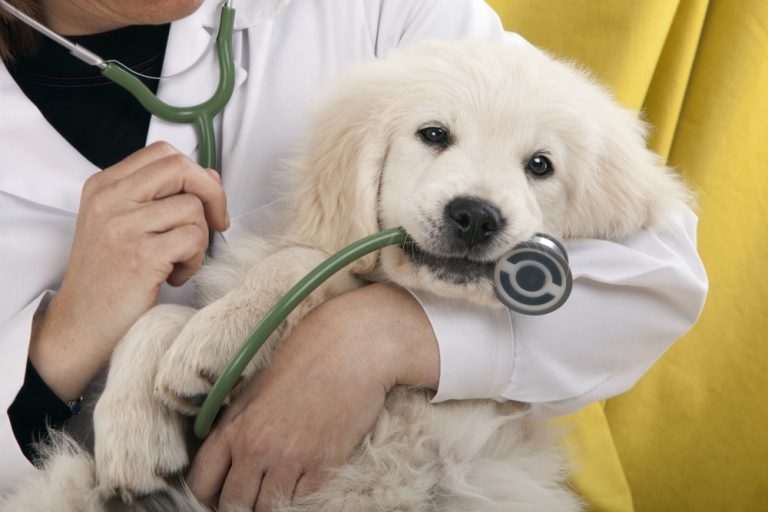
# Is it dangerous to get dogs’ teeth cleaned?
There are some risks that come with teeth cleaning, though nothing is too drastic in nature.
The worst that could come from a professional or home cleaning is some sore gums and a sleepy pup.
# Is there any side effect(s) while cleaning dog teeth?
Anesthesia is very safe, though there are side effects such as stress or injury from your dog making abrupt movements.
However, these injuries are very minor such as a needle prick in the wrong area.
Also, after waking, your dog will generally be disoriented and drowsy for a number of hours.
# Can a dog die from a tooth abscess?
An abscess can cause severe damage to your dogs, such as bone and tooth loss.
The infection can even spread bacteria through their bloodstream, causing a multitude of medical complications that could definitely result in death.
Though if caught in time, you could easily prevent this from happening.
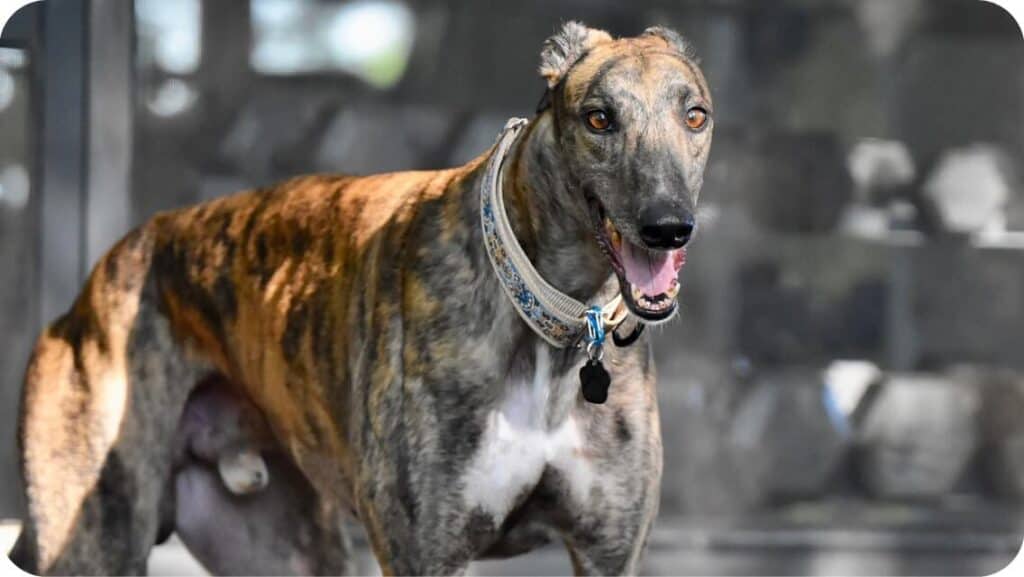
# What to expect after dog teeth cleaning?
After teeth cleaning, your dog’s mouth is going to be sore and they may be reluctant to eat.
The best thing to do is just let them take it easy for a few days and feed them softer foods until they recover.
# What to expect in the 24 hours after a dog dental cleaning?
The anesthesia will often leave your pup sleepy and sore. It is best to reduce food for the first day and let them rest as often as they want.
They will also be a bit sluggish from the anesthesia.
Lastly, there may be slight bleeding from their gums noticeable in their water. It is nothing to worry about unless it is excessive.
Peoples also ask: Why is my dog’s hair dull?
# What’s the best age to start routine dental care for my dog at home?
The best age to start dental care at home would be at around 6 months of age or sooner.
Starting your dog off early will make brushing and care far easier as they grow older.

# What can I give my dog for tooth pain?
It is never recommended to give your dog medications not directed from a vet, however, you could use nonsteroidal anti-inflammatory aspirin.
It is also safe to use half a baby aspirin for larger breeds or a fourth for smaller breeds.
# What can I give my dog for tooth infection?
Again, it is always best to only use medications given by a vet, though you could use the antibiotic Flagyl for dental infections. It may help for a time until you are able to see a vet for a prescription.

# How often to take your dog to the vet?
For dental care, it is best to take your dog to the vet at least once a year. However, smaller breeds should be seen more often.
It mostly varies on a dog-to-dog basis, so make sure to consult your vet.
However, if you are noticing symptoms listed earlier in the article, it is best to get your dog seen as soon as possible.
# What happens if my dog is missing teeth?
If your dog is missing teeth without having extractions, you should get them to the vet to find out the cause.
However, if your dog has had extractions, it is harder for them to eat harder foods and treats.
You should switch them to a softer diet if they are missing multiple teeth.
You may learn: How can I keep my outside dog cool in the summer?
Over To You: What Are Your Thoughts?
Dog dental care is important for your dog’s overall health and could improve their lives for the better.
Not only will you notice a difference if they were experiencing pain, but you will also notice how fresh and clean your dog’s mouth is.
Last but not least, you will be protecting your dog from serious diseases caused by poor dental care and even lengthen its lifespan in the long run.
Was anything in this article helpful or new to you? Or were there some facts you already knew about?
What would you keep in mind going forward to your dog’s dental routine? Please share your answers and thoughts with us in the comment section.
Also, feel free to share the information to help out your friends that may not know about doggy dental care.
Finally, if we happened to miss anything, please let us know so we may add it to the article to better help others.
Suggested Readings
How Much Does a Dog Teeth Cleaning Cost
Why You Should Take Care of Your Pet’s Teeth
Related Topics
1. 15 Best Dog Shampoos For Odor Control
2. Best Dog Shampoo For Dandruff
3. Best Waterless Dog Shampoo
4. Why Your Dog Needs De-shedding Shampoo?
5. 14 Weird Symptoms Why Puppies Vomit?
6. Do Cavalier King Charles Spaniels Smell So Bad?
7. Why Do Border Collies Smell So Bad?

